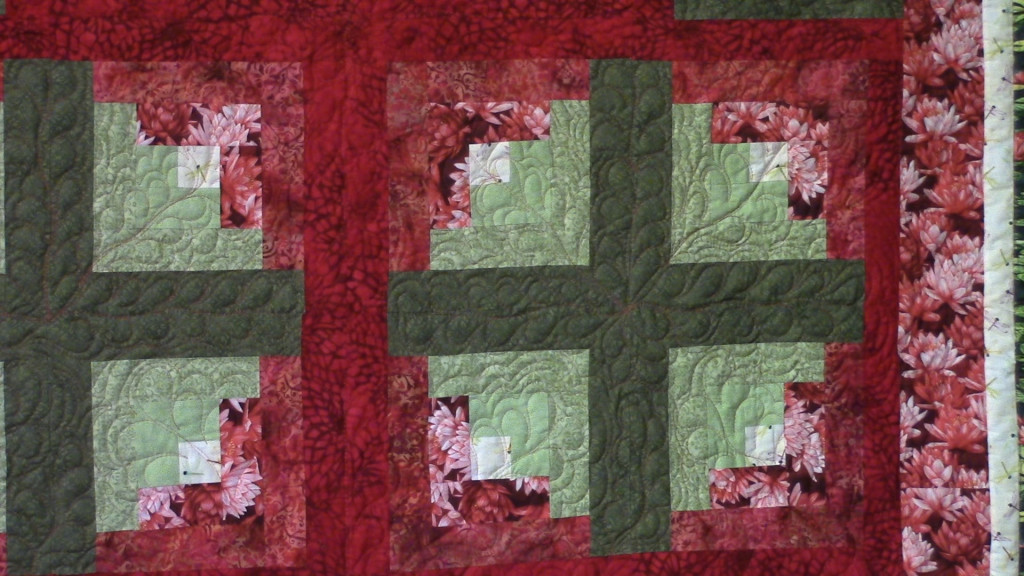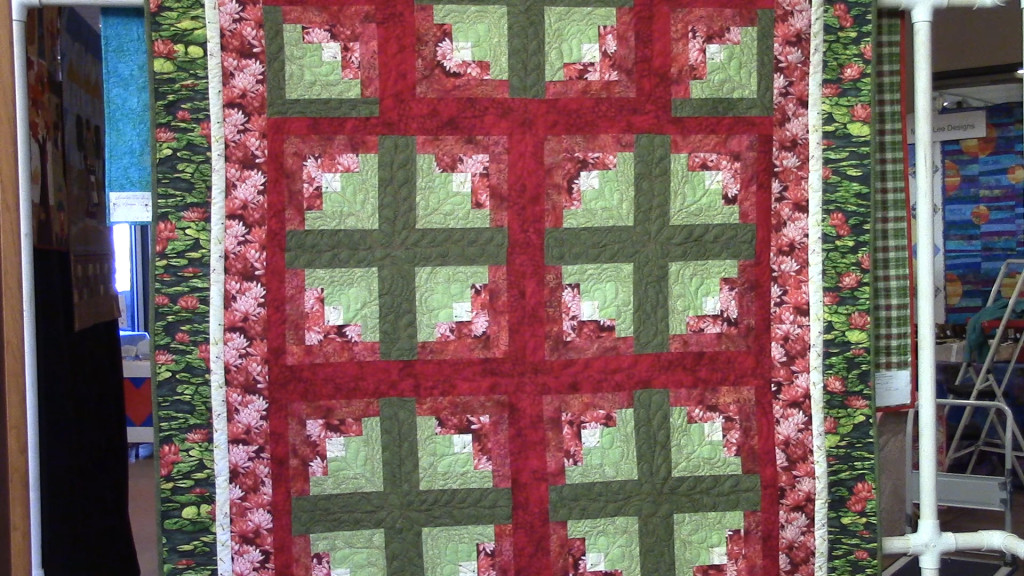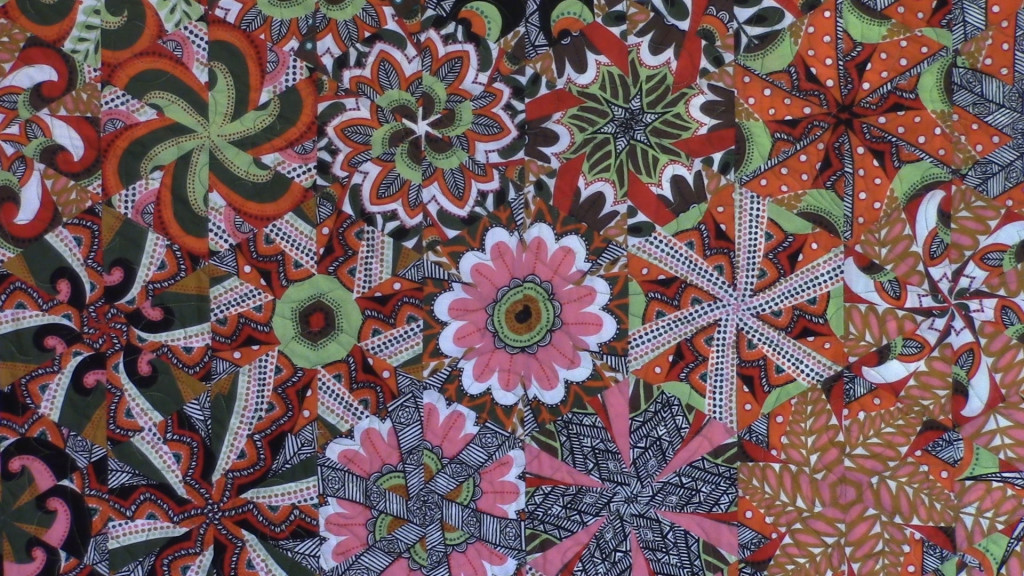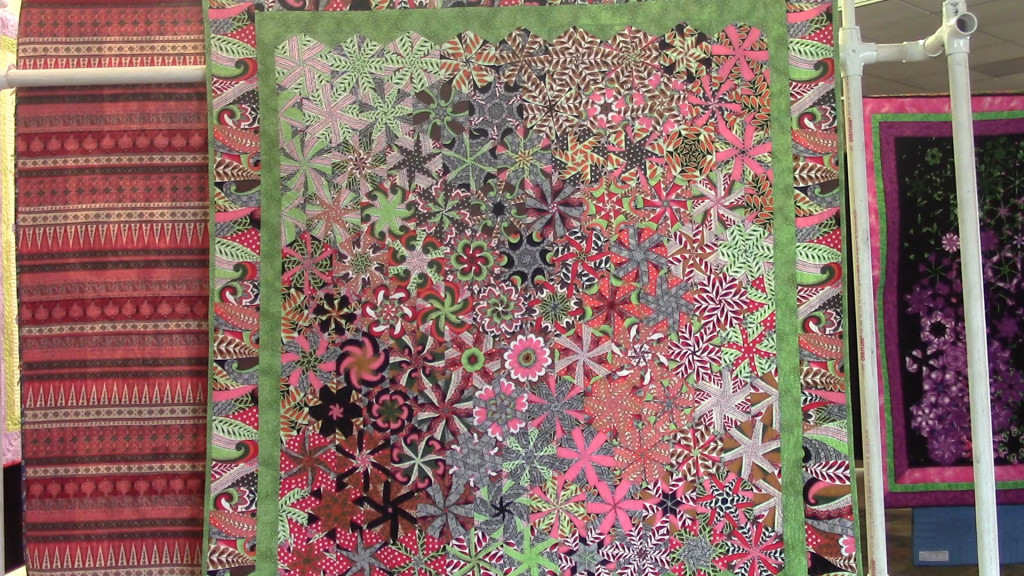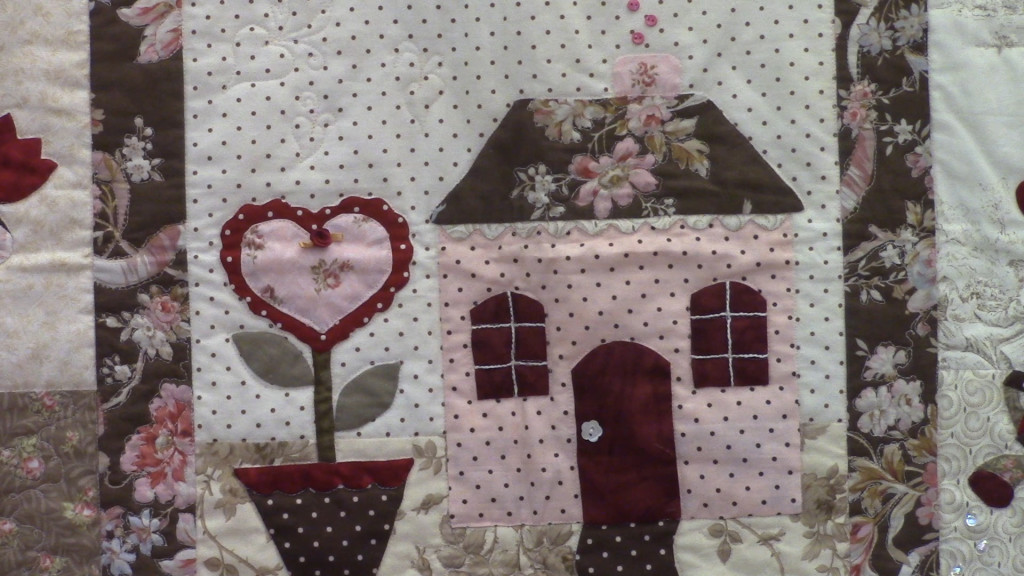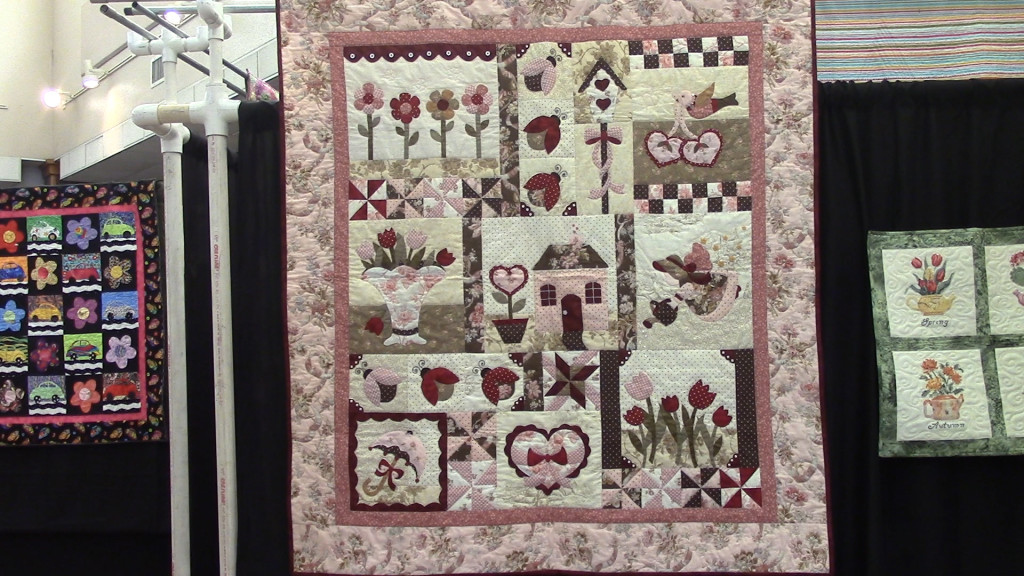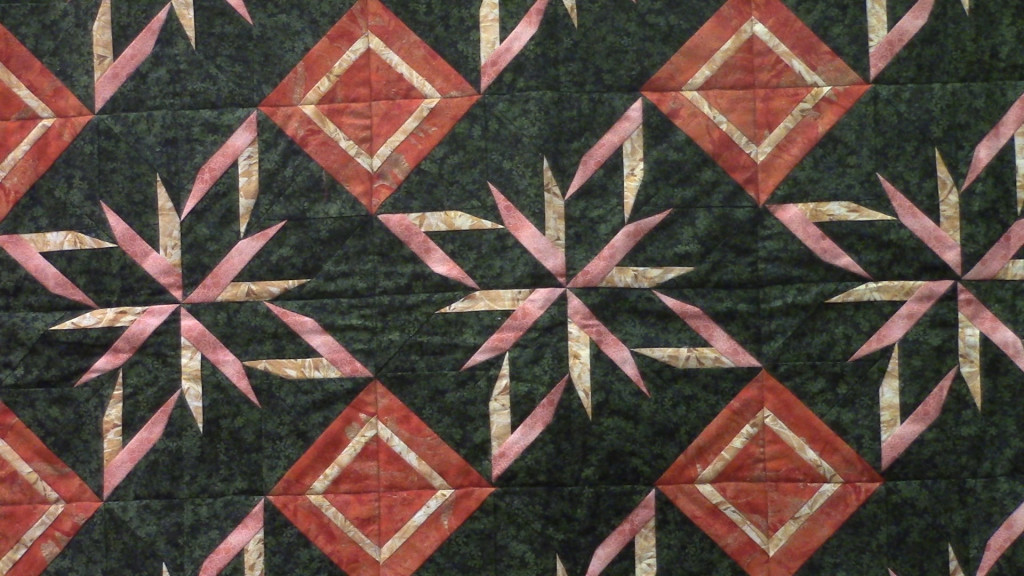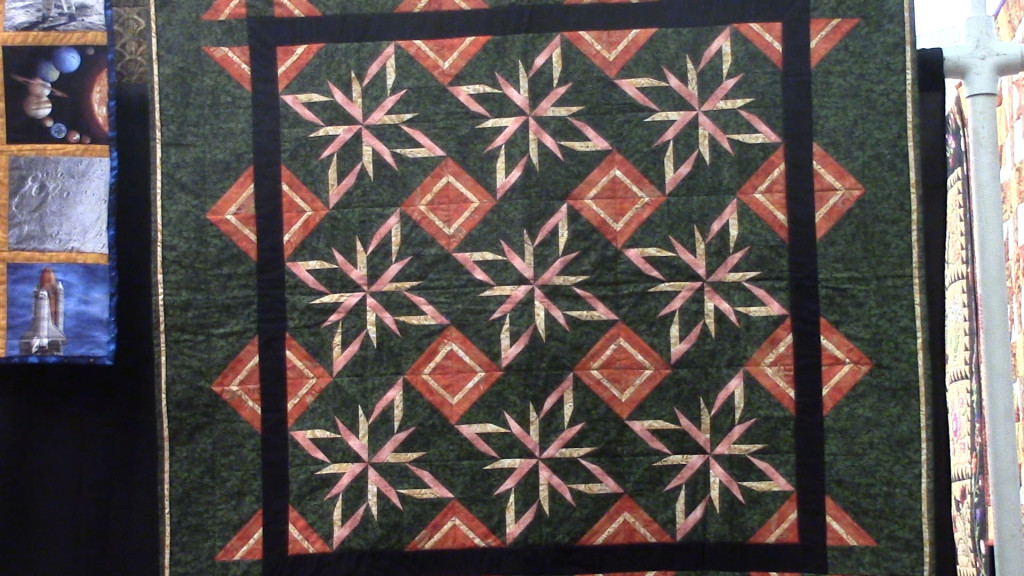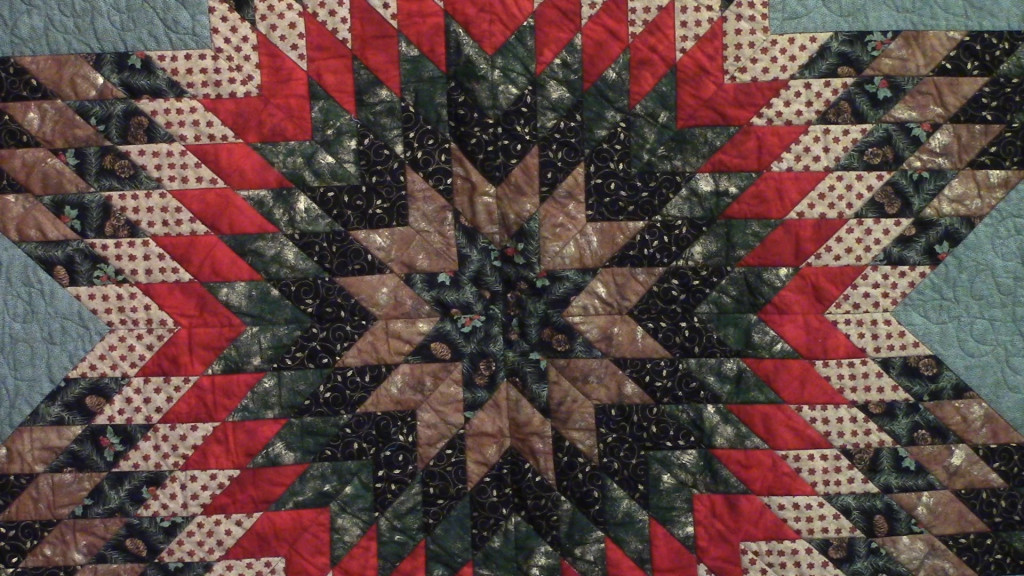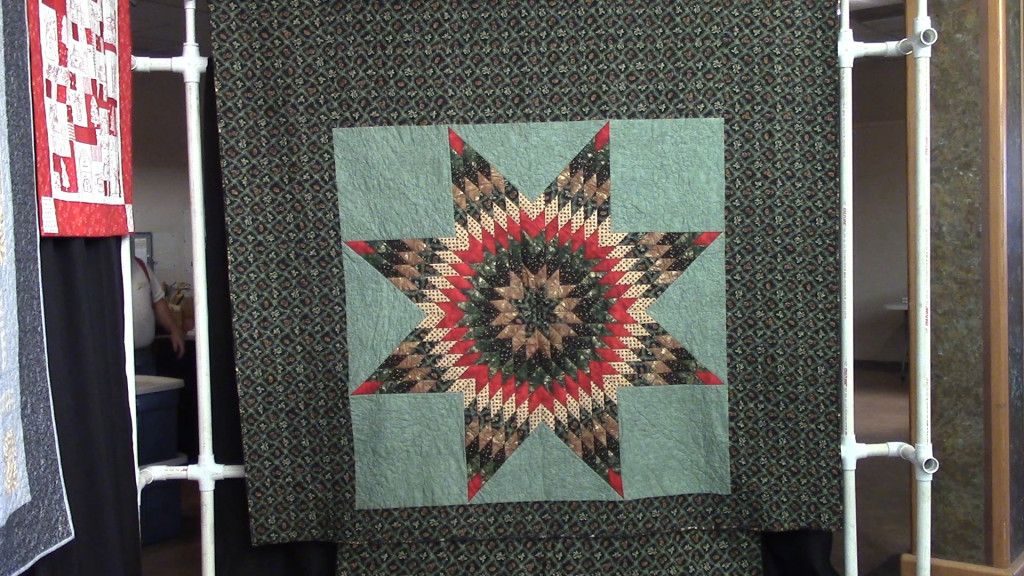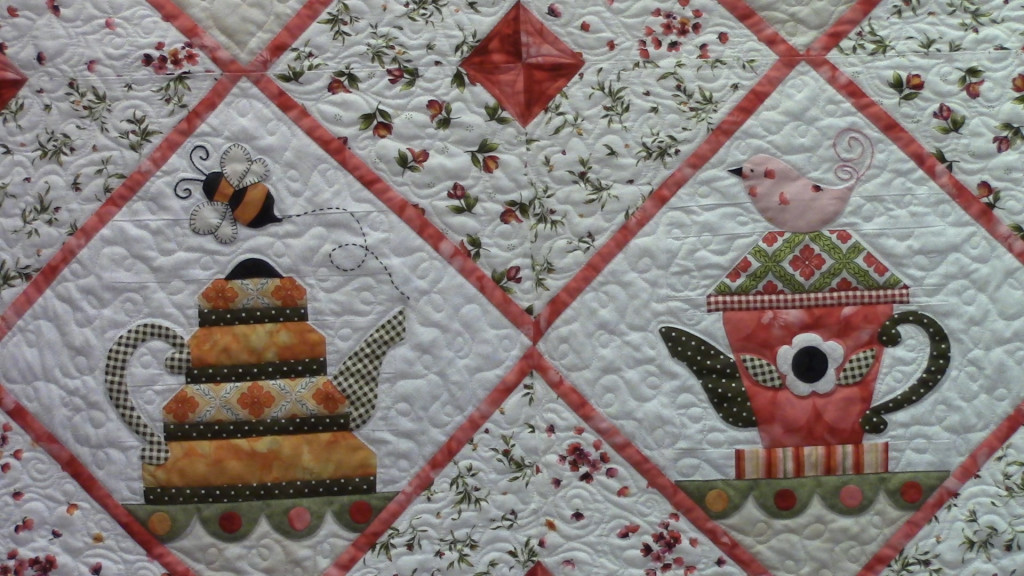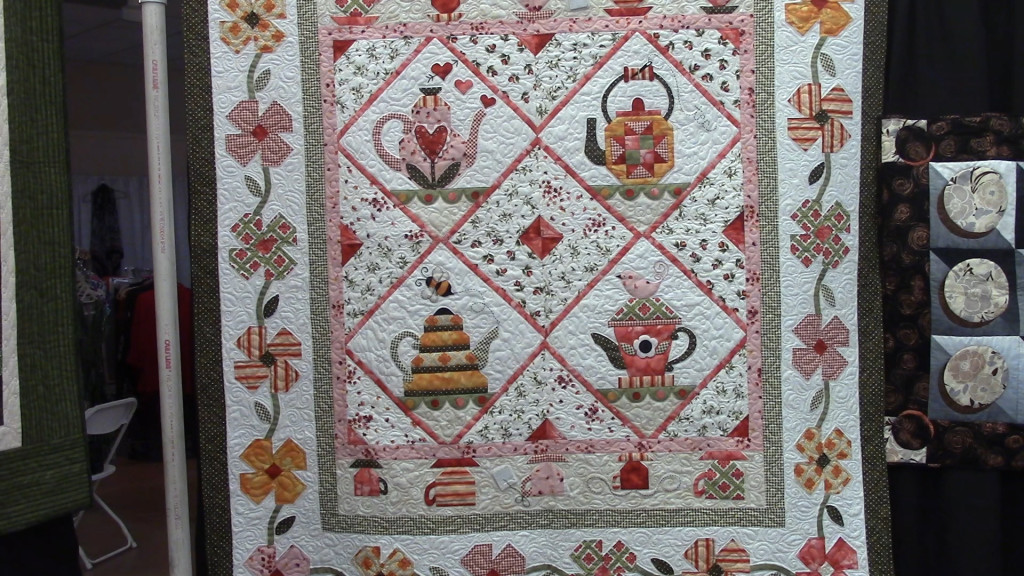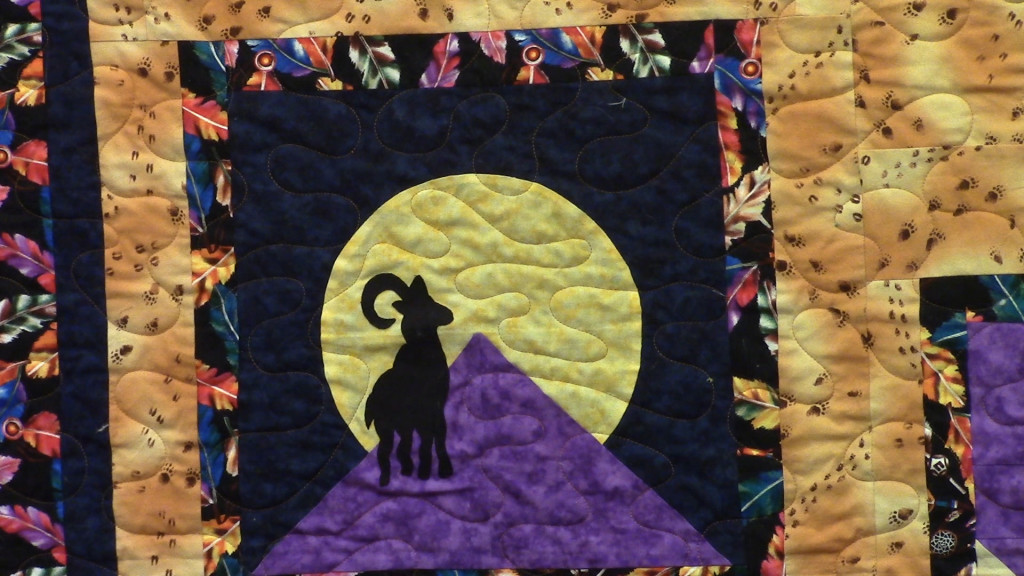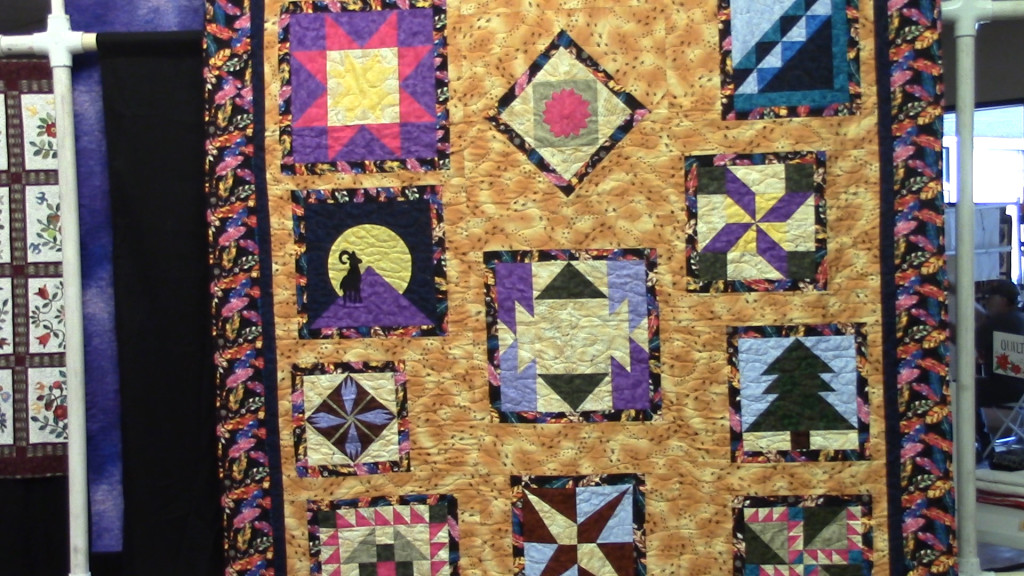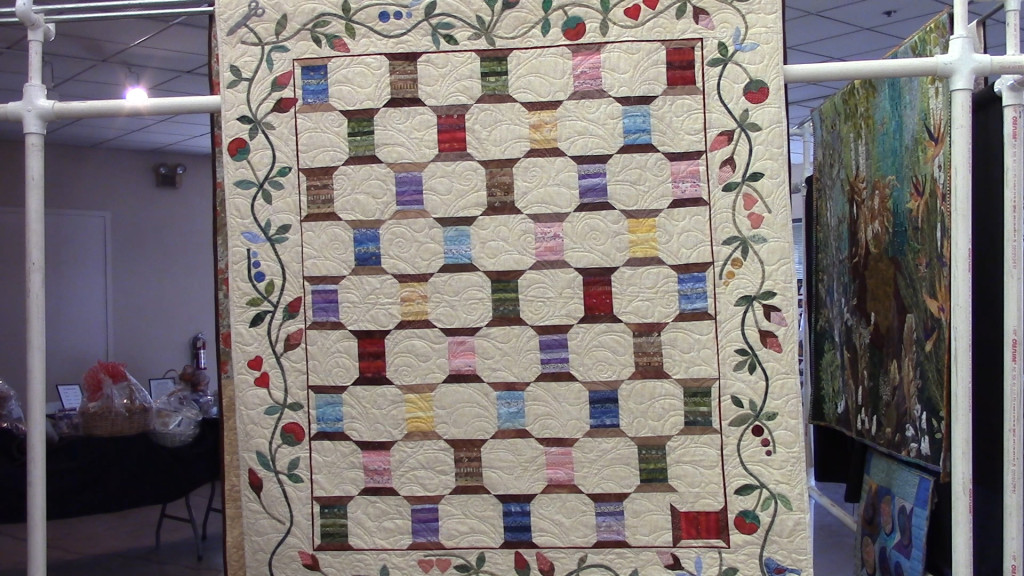
National tradition thrives in Stockton
By Kristen Riedel
Quilt making is a centuries-long tradition in the United States, tracing back to the days when sewing together scraps of fabric and old clothing was necessary for surviving the winter.
However, the modern quilter can spend more money making one quilt than it would cost to buy a mass-produced blanket at a retail store.
“Quilting’s come a long way, so I’m sure the ladies in the grave would turn over if they knew how easy we have it compared to hard they had it in those days,” said Carole Price.
A proliferation of tools such as rotary cutters, light boxes and design walls contribute to making quilting faster and easier.
Sewing machines speed the process and are available in any price range, with advanced longarm machines ranging to $15,000.
The Quilting in America 2014 Survey presented by F+W, A Content + eCommerce Company estimates the annual total dollar value of the quilting industry at $3.76 billion.
It’s nearly impossible to sell a homemade quilt for a price that covers the cost of materials, let alone the cost of labor.
So, why do quilters quilt?
The ease of making a quilt does not reduce the drive to produce something that will be used and appreciated.
“It’s very satisfying to give quilts to people, especially family members,” said Isolee Smith. “I prefer to see them go out the door and get into somebody’s hands that needs them.”
Guilds, such as Tuleberg Quilt Guild in Stockton, help quilters meet each other and work together for the good of the community.
They donate quilts to charities, providing them to police officers to comfort children during traumatic events, or to hospitals so young, underprivileged mothers have something to bring their babies home in.
The guild produces a quilt show every two years to raise funds to support their work.
Their own families may not be relying on their quilts for life-giving warmth, but many people are not as fortunate and will benefit from a gift of compassion.
“There were some quilts that I really, really liked, but I still gave them away,” said Smith.
Whatever the final destination may be there is joy and satisfaction in the process of making a quilt, from the shopping to the final binding.
“Whenever I travel, the first thing I do is get the phone book and find a quilt shop … there’s just something about touching the fabric,” said Mary Lou Heinle.
Quilt shops, such as Quilter’s Hollow in Stockton on Thornton Road, offer classes and companionship, but the drug of choice on offer is the fabric, an irresistible draw.
A quilter’s fabric stash can be an epic thing, sometimes hard to control because there is such variety in modern fabric and it can be difficult for a fabric lover to say no.
“If I like it, I’ll buy it, I’ll figure out what to do with it later,” said Heinle.
Quilters who asked not to be identified admit to sneaking fabric into the house behind their husband’s backs.
Methods include carrying fabric in black trash bags until they can sort it into the stash, or hiding it in the garage for a while so when the husband sees it being used she can say she’s had it for a long time.
Dedicated quilters always have projects lined up, and some set aside partially completed because of a new idea.
“I have a lot of UFOs [unfinished objects], but that’s part of being a quilter is to have a lot of unfinished things. I think we’ll all die with a lot of unfinished things because when they’re all done and there’s nothing new, that would be sad,” said Price.
There is always another quilt to make, another technique to learn, another pattern to create as an artistic expression.
No quilter ever plans the last quilt, the quest is never complete.



